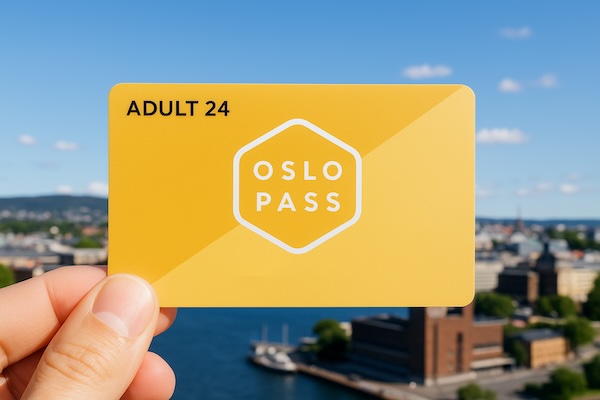The Oslo Pass gives you free entry to over 30 attractions and unlimited travel on public transport for 24, 48 or 72 hours, as well as discounts on city tours, restaurants and more. Many top sights - from the new MUNCH Museum to the Holmenkollen ski jump - are included in the Oslo Pass and can be visited.
MUNCH Museum
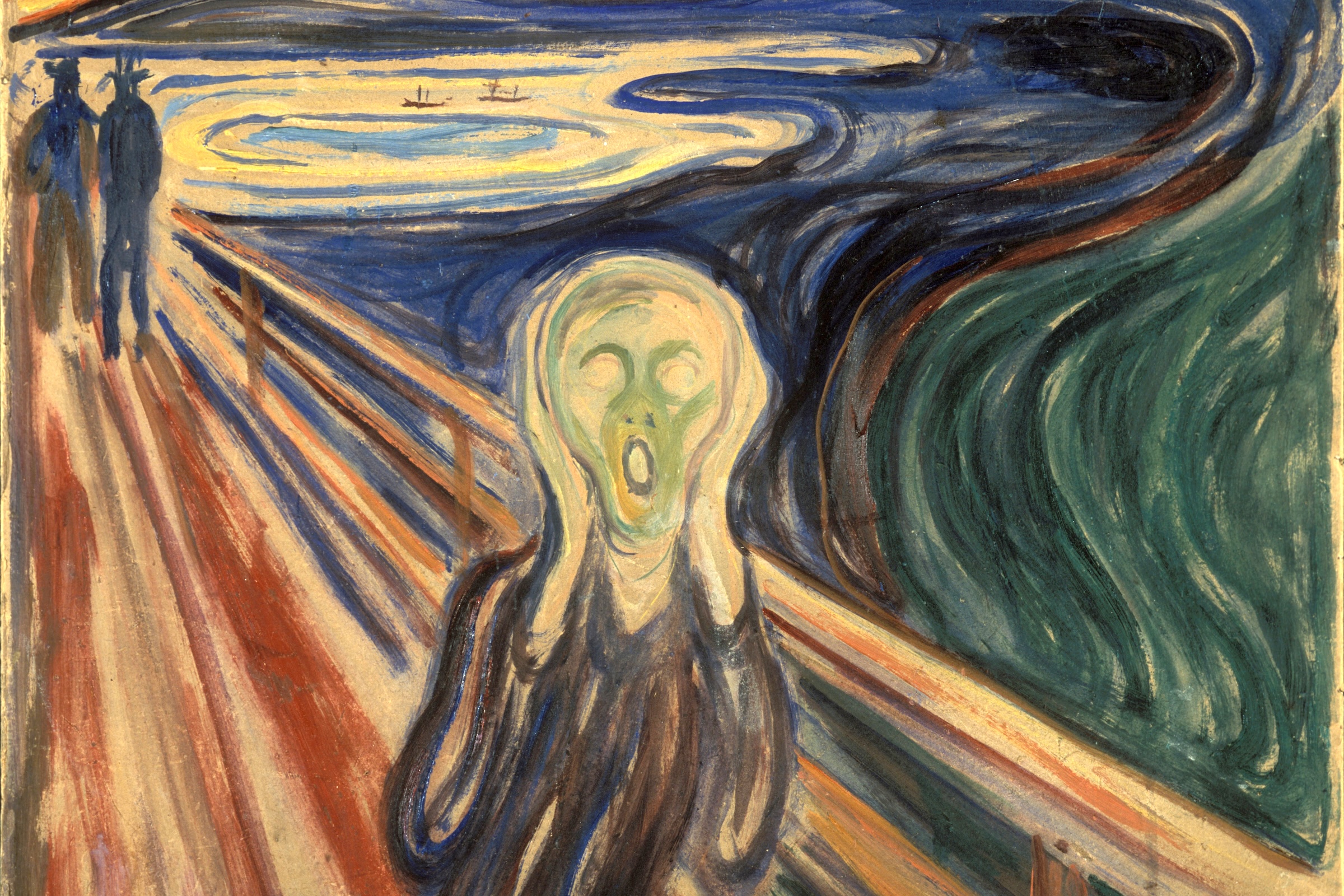
The MUNCH Museum at Oslo harbor is a new art museum with the largest collection of Edvard Munch's works (including "The Scream "). Visitors can enjoy sweeping views over the city from the upper floors. Admission is free with the Oslo Pass (timed tickets are provided on site).
National Museum

The National Museum is the largest art museum in Scandinavia with over 5,000 works ranging from classical painting to modern design. Highlights include Munch's "The Scream" (a different version than in the Munch Museum) and other masterpieces of Norwegian art. With the Oslo Pass, you can visit the museum free of charge.
Holmenkollen

Holmenkollen is one of the most famous ski jumps in the world and an Oslo landmark. It is home to the oldest ski museum, which documents 4,000 years of skiing history and Norwegian polar expeditions. From the top of the ski jump, you can enjoy a sweeping view of Oslo. The Oslo Pass gives you free access to the museum and observation tower.
Akershus Fortress
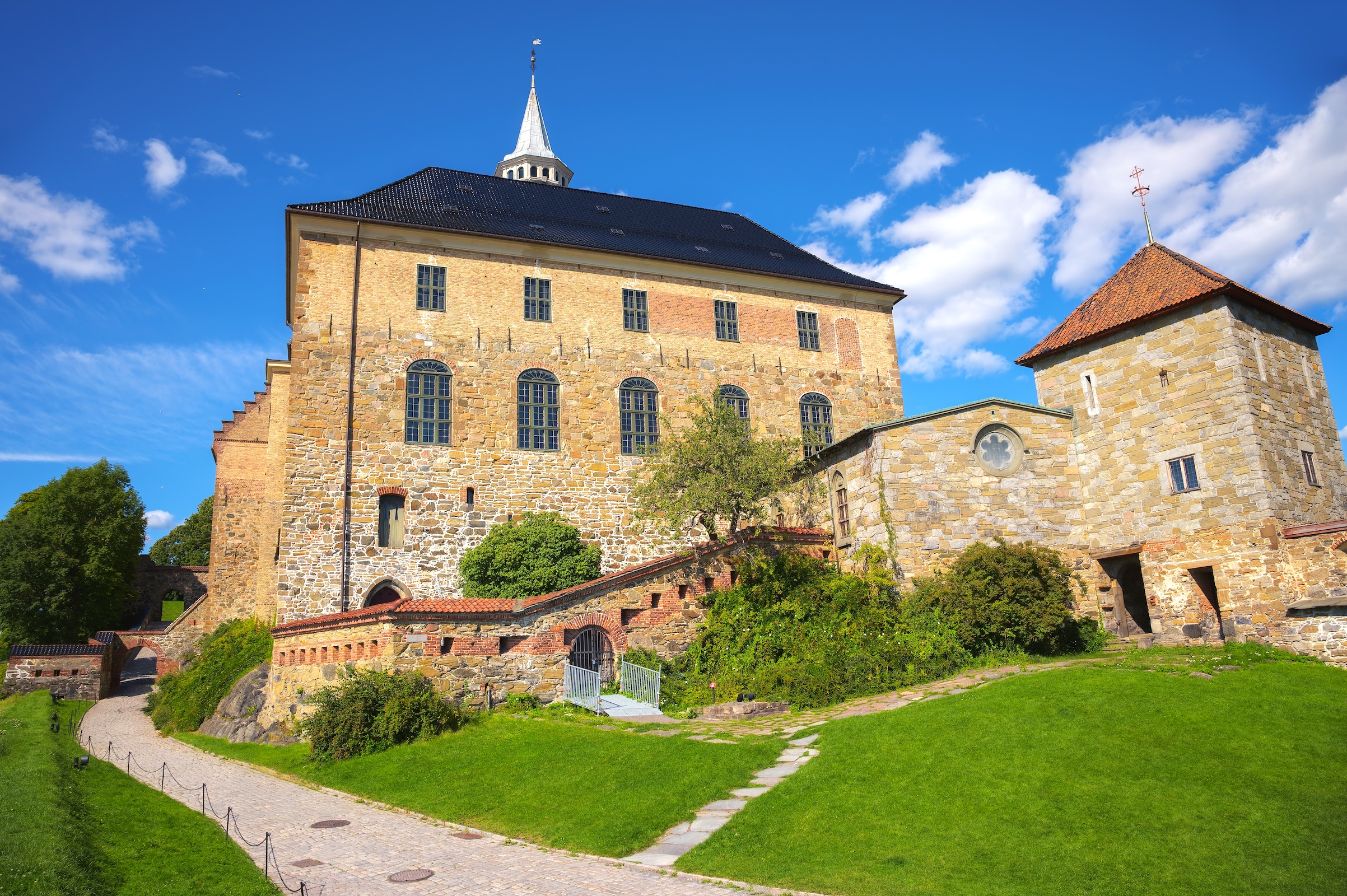
The medieval Fortress Akershus from the 13th century was converted into a Renaissance castle in the 17th century. Visitors can explore the halls, castle chapel and dungeons as well as visit two museums on military history. You can look out over the harbor from the fortress walls. With the Oslo Pass, admission to the complex and museums is free.
Fram and Kon-Tiki Museum
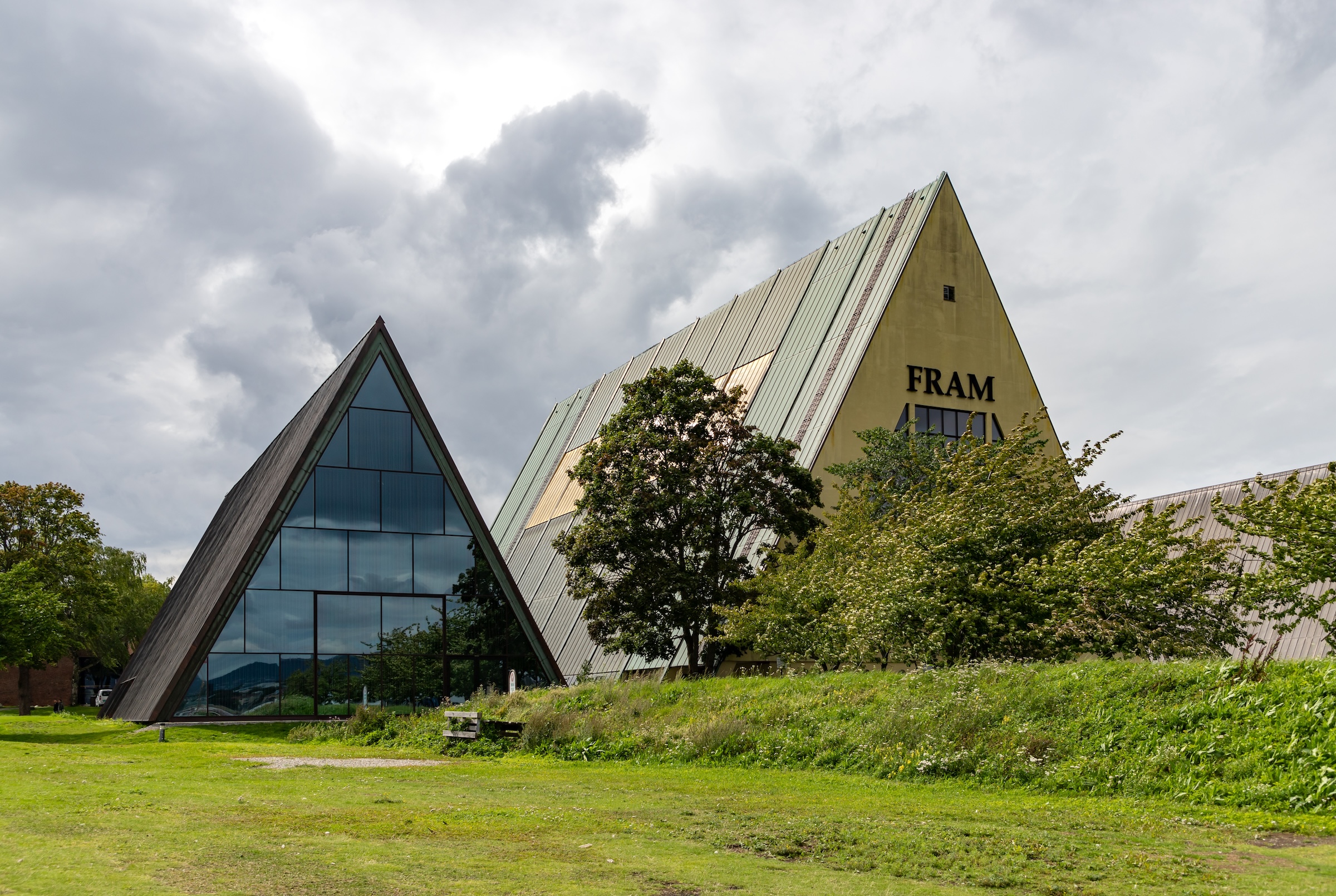
On the Bygdøy peninsula, two museums shed light on Norway's spirit of discovery: The Fram Museum houses the polar ship Fram, which Nansen and Amundsen used to explore the Arctic and Antarctic, while the Kon-Tiki Museum displays Thor Heyerdahl's Pacific raft Kon-Tiki. You can visit the Fram from the inside and see the raft up close. Both museums are freely accessible with the Oslo Pass.
Norwegian Open Air Museum
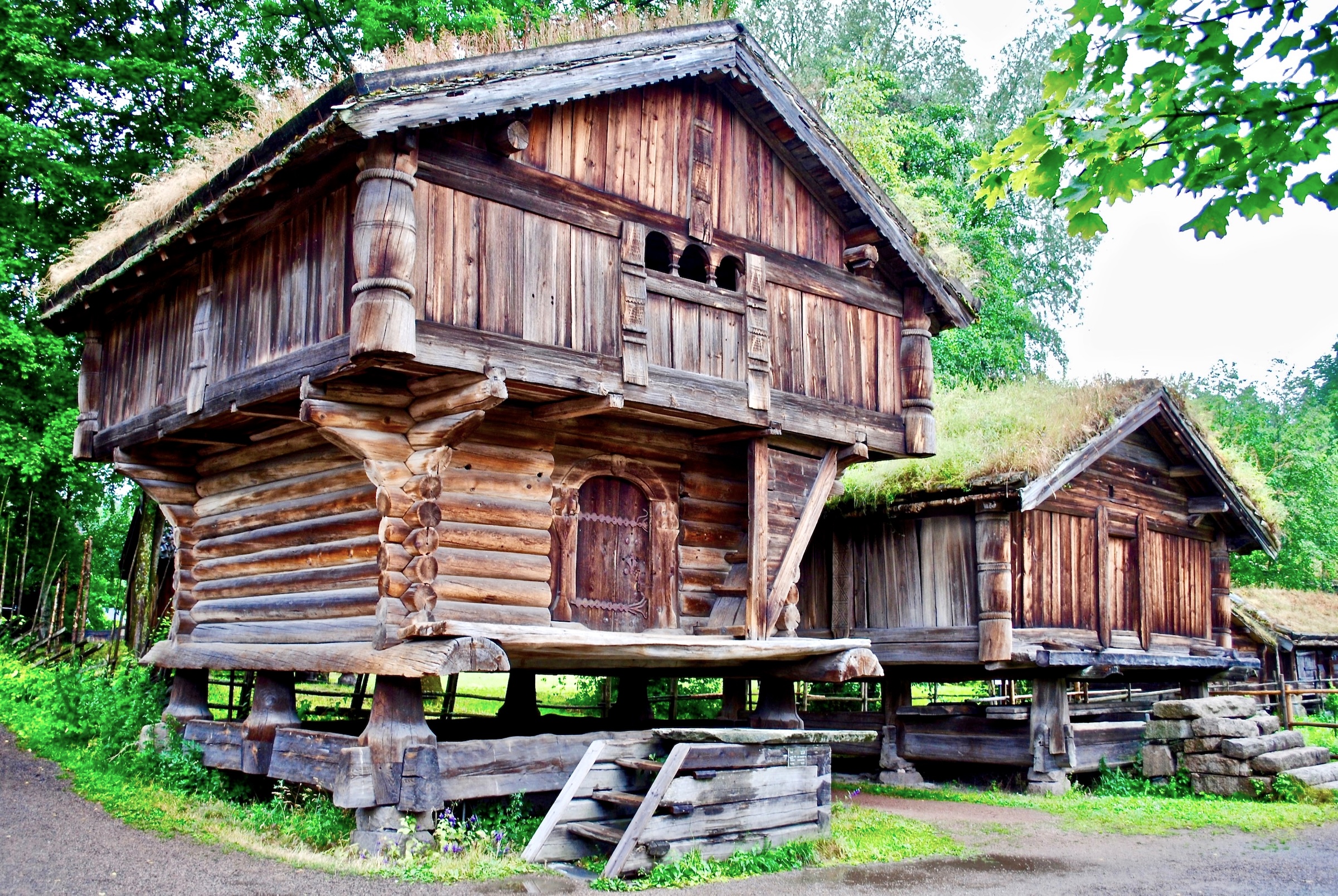
The Norsk Folkemuseum is an open-air museum with 150 historical buildings from all regions of Norway. Highlights include traditional farms, wooden houses and the Gol stave church from the 13th century. Admission is free with the Oslo Pass.
Other attractions
Many other attractions are included, for example the Nobel Peace Center or guided tours of City Hall. You also get discounts on leisure activities such as fjord cruises and bike rental. All details can be found in the official Oslo Pass brochure and app.
